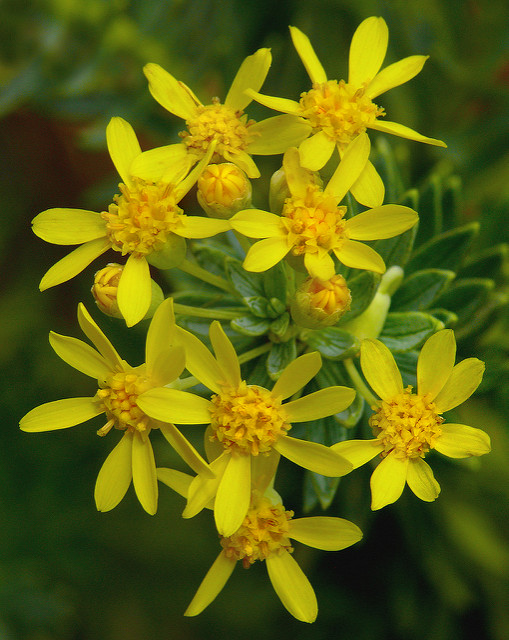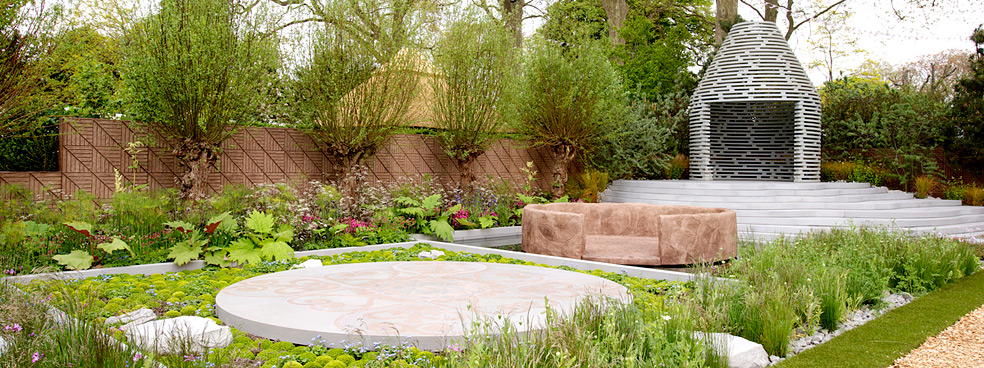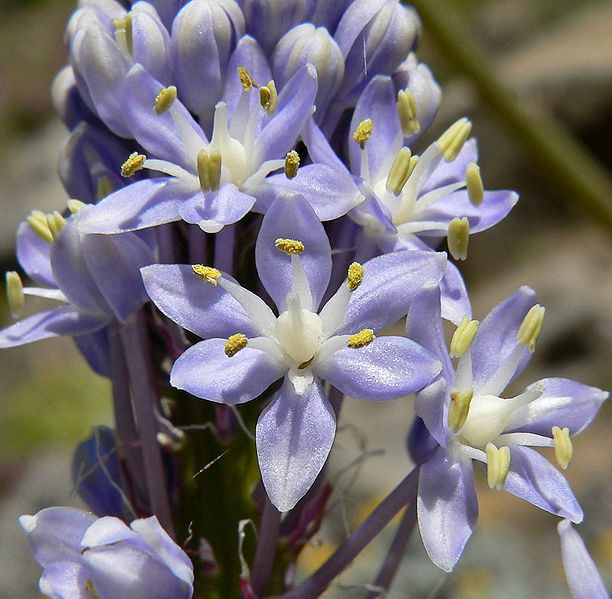Tyson’s euryops (Eng.) Sehloakoana se senyenyane (Southern Sesotho)
Introduction:
A lovely shrub for the garden Euryops tysonii (it was named after William Tyson) – Sehlakoana se senyenyane (Sesotho name) with showy yellow flowers all summer and an interesting upright habit. Euryops derived from the Greek word, eurys, meaning large or wide, and ops, meaning eye or face (referring to showy flower heads).
Description:
A multi-branched shrub of 0.5m to 1.5m in height, dense with closely leafed vertical stems that become leafless near the base. Leaves are closely set, neatly covering the branches: flat and leathery with noticeable scarring. Flowers are sweetly scented, bright yellow daisies, about 10mm in diameter, whitish 5-8 ray florets and 13-30disc florets. The brightly coloured flowered are in full bloom from spring until autumn (Sep-May).
Cultivation and Care:
Euryops tysonii makes a very attractive garden shrub, quick and easy to grow from seed or cutting. The Plant needs well-drained, fertile soil and a sunny position in the garden. Plant Euryops tysonii in the rock garden, on terraced slopes or in containers. Euryops tysonii is suitable for a water-wise garden. Prune to keep neat and bushy.
Plant use:
Most Euryops species secrete resin from the stem and branches. In the past, the resin was greatly valued by the Khoisan and colonists. It was used as a substitute gum, to preserve leather boots and saddles. It can also be used as an attractive garden plant.
Euryops tysonii is easy to propagate from seeds or cuttings. Sow in spring to early summer, in a well-drained medium, keep moist and pot up when the seedlings are large enough to handle. Take tip or heel cuttings in spring, treat with a rooting hormone and place in a mist unit with bottom heating.
Distribution and habitat:
Grows in scrub and grassland usually on rocky or stony mountain slopes, ridges or cliffs and is often in the boulder-bed scrub of riverbeds. It occurs naturally at an altitude of about: 1200-2470 msl. This species grows wild in the Southern region of Lesotho, Qacha’s Neck district.







1 Comment
Hi Bongani
I think that this flower series is a great idea, and hope that you are able to continue it.